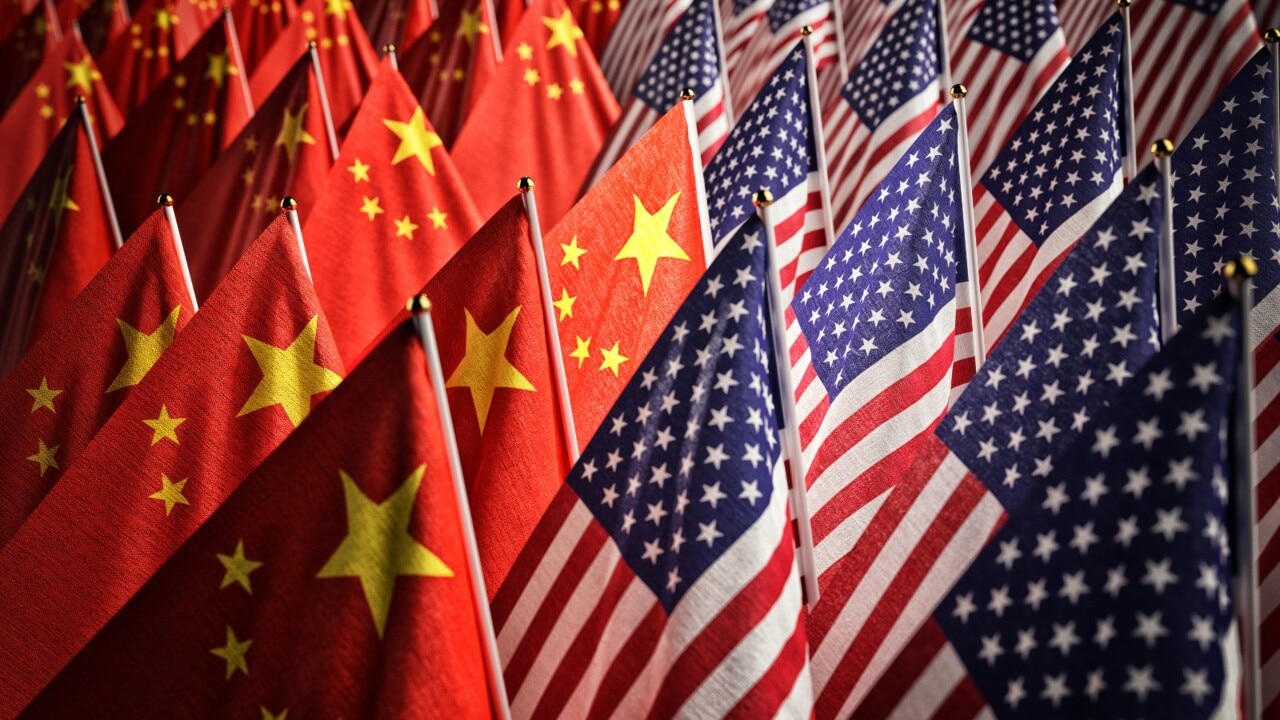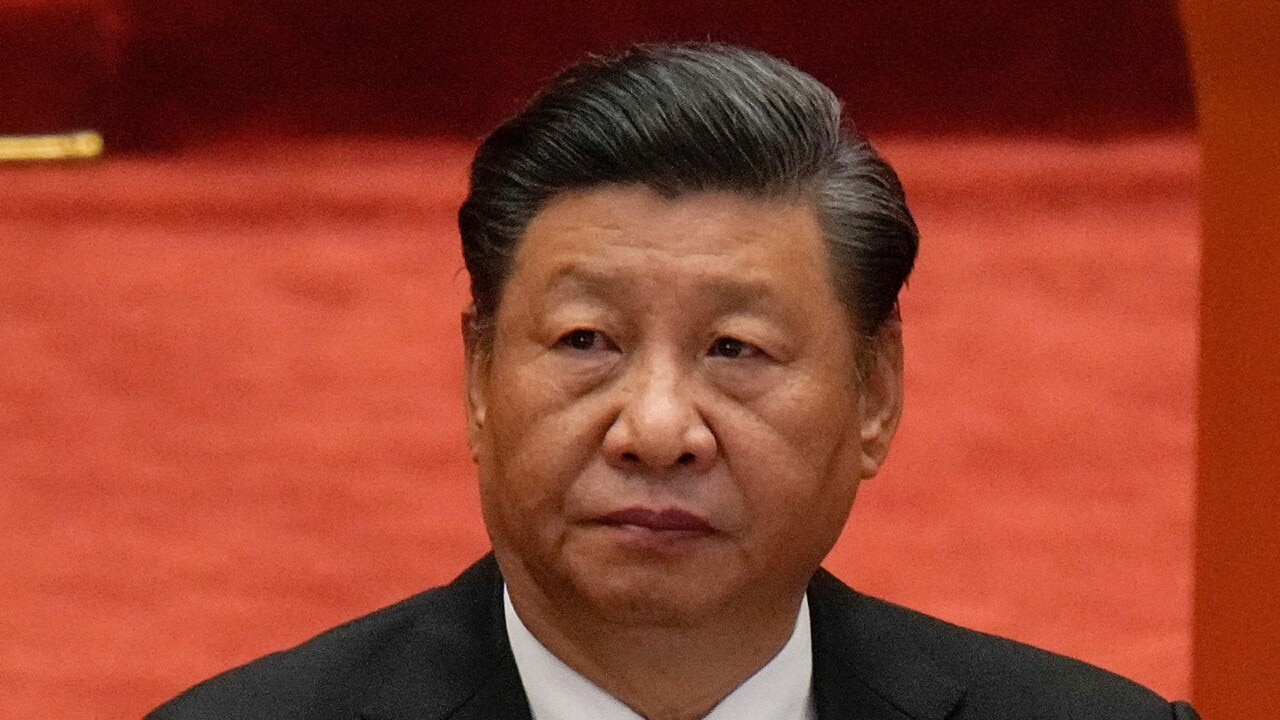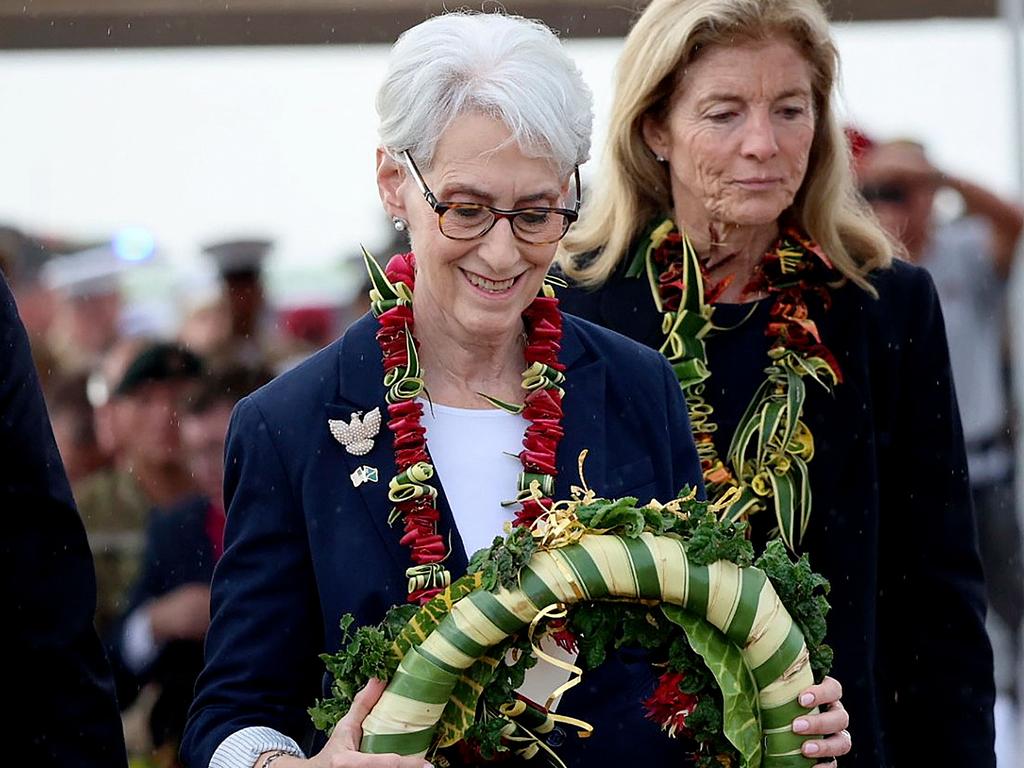China’s Orwellian plans for Taiwan are plain to see


Late last week, at the height of the military exercise, the Chinese Communist Party’s Taiwan Affairs Office released a new white paper, titled The Taiwan Question and China’s Reunification in the New Era. The document is Xi Jinping’s velvet glove masking the iron fist of China’s military. It claims: “Never before have we been so close to, confident in, and capable of achieving the goal of national rejuvenation.”
The paper says taking control of Taiwan can be done peacefully: “We maintain that after peaceful reunification, Taiwan may continue its current social system and enjoy a high degree of autonomy in accordance with the law. The two social systems will develop side-by-side for a long time to come.”
This stands in stark contrast to the views China’s ambassador to Australia, Xiao Qian, put to the National Press Club last week. Under intense questioning Xiao acknowledged that the views of 23 million Taiwanese people counted for nothing compared with the CCP’s hyper-nationalist brainwashing of 1.4 billion PRC citizens. After a takeover, he warned, “There might be a process for the people in Taiwan to have a correct understanding of China about the motherland.”
Is Xiao out of step with the apparently more benign language of Beijing’s new Taiwan white paper? The answer is no because the document falsely claims that Hong Kong continues to enjoy “the long-term continuation of one country, two systems”.
In the CCP narrative, “Hong Kong faced a period of damaging social unrest caused by anti-China agitators”. To fix this, the party “made some appropriate improvements and took a series of measures that addressed both the symptoms and root causes of the unrest. Order was restored and prosperity returned to Hong Kong.”
The white paper says the same will apply to Taiwan. Once “appropriate improvements” are made, “all Taiwan compatriots who support reunification of the country and rejuvenation of the nation will be the masters of the region”.
The white paper maintains that use of force to invade Taiwan would happen only as a last resort and even then will not be directed against the Taiwanese people: “We will only be forced to take drastic measures to respond to the provocation of separatist elements or external forces should they ever cross our red lines.”

Contrast the white paper propaganda statement with the numerous incursions into Taiwan’s air defence identification zone and, a new development, People’s Liberation Army flights across the Taiwan Strait median line. As well, China ringed Taiwan with navy units operating in six “exercise areas”, some of which overlapped Taipei’s territorial waters.
If Beijing were seriously anticipating an assault on Taiwan these exercise areas would be used to block air and sea access to the island and enable amphibious assaults on accessible beaches in the north and south of the country.
Finally, the live firing of missiles and other naval weapons, use of drones and cyber attacks on Taiwan’s infrastructure are, up to a point, designed to present the exercise as a credible facsimile of what a real invasion might look like. However, an all-out PLA amphibious assault on Taiwan is the least likely military strategy that Beijing will use. Publicly available Chinese military analysis indicates a preference to use missile and airstrikes and special forces in an attempt to quickly destroy Taiwan’s military and political leadership.
A 2020 study titled The Science of Military Strategy, produced by China’s National Defence University and translated by the US China Aerospace Studies Institute, gives the best insight into PLA thinking on how to attack Taiwan.
The study says “compared with other combat operations, island combat missions are arduous, complicated, subject to many constraints, fierce confrontations, and high risks”. The solution is to concentrate on special forces rather than mass landings. “In island operations, it is necessary to concentrate the elite weapons that are sufficient for victory in the direction of the main island, especially the elite forces of the navy, air force, and rocket force.”
Almost no Chinese special forces activities were on display in the recent exercising around Taiwan other than a curious 30-second film clip provided by the People’s Daily showing an all-female special forces group practising static line parachute jumping from helicopters at 1000m.
The People’s Daily helpfully notes, “Parachute training is one of the compulsory courses for special forces team members, who undergo three months of intensive training.”
The Science of Military Strategy study claims: “Direct strikes on key targets can promote the realisation of political goals. In this case, the use of elite forces with long-range precision strikes becomes an inevitable choice.”

The PLA’s preferred strategy for defeating Taiwan would come from the air, not the sea, and would involve large numbers of special forces seeking to take over key Taiwanese military and political control centres, paving the way for larger-scale parachute and airborne landings.
Xi will certainly understand that large numbers of ships at sea enforcing a blockade or supporting amphibious landings will be easy to target and sink. Although China probably has the advantage in air power over the Taiwan Strait, its continuing weakness is on and under the sea. In effect a Chinese strategy to attack Taiwan by sea carries the most risk of failure and a failed military campaign to take over Taiwan will be the end of Xi and the CCP.
If that is a plausible assumption, why did Xi put so much effort into displaying a flawed set of maritime military exercises over the last week? The answer can be found in The Science of Military Strategy.
The report says: “Military exercises against specific threats are not only an effective method of military training but also an important way to implement strategic deterrence … Through exercises, we can demonstrate our military’s combat capabilities to the opponent, but also cause the opponent to doubt our intentions, cause psychological panic and produce a deterrent effect.”
The aim is to cause panic and despair in Taiwan and among Taipei’s close friends, to “take advantage of the panic to win in chaos” and to hope that the false promise of a peaceful unification as set out in the Taiwan white paper will win support.
Beijing certainly will keep up an intensified air and sea exercise pattern around Taiwan, but that is not a sign of an imminent attack, more an attempt to intimidate Taipei and its international partners.
Western governments should stop complaining about a lack of transparency in Beijing’s military planning. In its professional defence writings China makes no secret of its plans for Taiwan.
On the other hand, the weasel words of wolf warrior ambassador Xiao and the new white paper on Taiwan have, at best, a distanced relationship to the truth albeit with occasional Orwellian insights. Could it be that Australia is finally waking up to the need to judge Beijing by its actions rather than its propaganda?





Beijing’s huge naval, air and live-firepower exercises around Taiwan offer insights into how the People’s Republic of China plans to take over the island, but the aim is more to intimidate than reveal a military blueprint for an invasion.